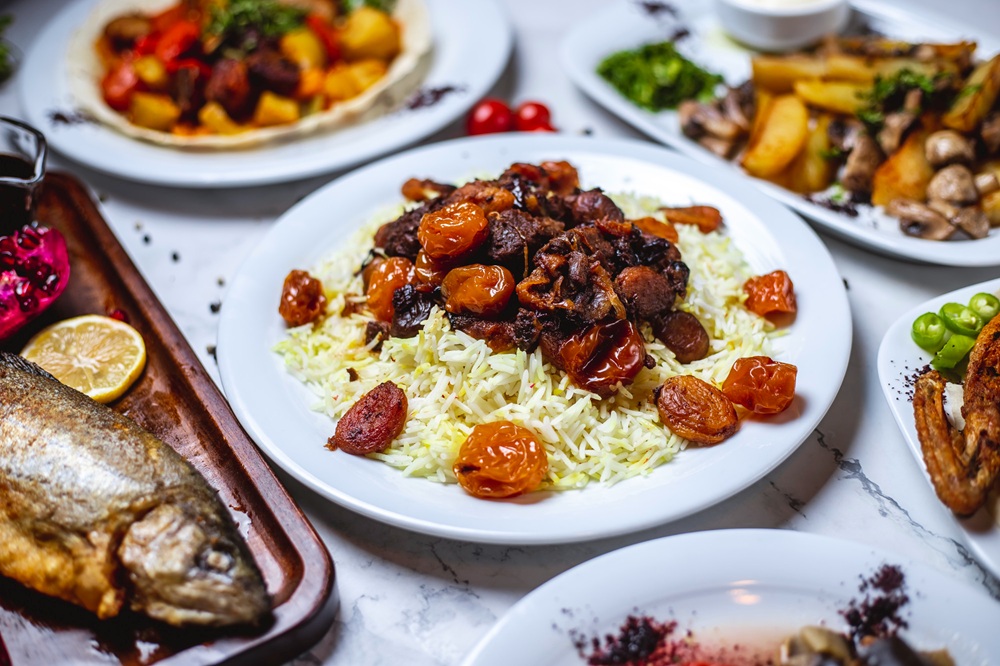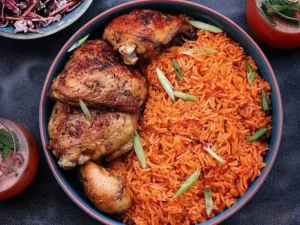
Why African Cuisines Haven’t Gone Global
Instead of building a consistent, affordable product, African Cuisines focus is often on making high margins per plate. But in the food business, long-term success usually comes from volume over margin.

When you think about global food brands, names like McDonald’s, Wendy’s, Jollibee, Bonchon, and Chowking come to mind instantly. They’ve managed to take what started as local food concepts and expand into household names worldwide. But when it comes to African cuisines, there’s a noticeable gap. Apart from Nando’s, the South African-born peri-peri chicken chain, there isn’t a single African restaurant brand that has gone truly global.
Why is this the case, and what’s holding African food back from taking its rightful place on the world stage?
One of the biggest barriers is pricing.
Take the Philippines as an example. A plate of African jollof rice and chicken often goes for ₱500–₱600 ($8–$11). That’s just one meal. For the same price, you could grab two complete dosirak rice meals at Bonchon or eat comfortably at Jollibee.
The result? African restaurants position themselves as premium dining experiences rather than everyday go-to spots. This limits their customer base to expats craving a taste of home and a small group of curious foodies. Mass adoption never happens.
Many African restaurateurs operate with a profit-first mentality:
Instead of building a consistent, affordable product, the focus is often on making high margins per plate. But in the food business, long-term success usually comes from volume over margin. That’s how Jollibee became a global giant—by making food affordable and accessible, not just delicious.
Chains like Jollibee, Bonchon, and McDonald’s mastered three key things:
African cuisine, in contrast, is often treated as special, cultural food—something you eat on weekends, holidays, or at weddings. This exclusivity has kept it niche.
For African food to thrive globally, one brand needs to crack the code:
Imagine a fast-casual chain offering jollof bowls with grilled chicken at $5, suya skewers as a snack item, and African-inspired drinks. That could be the “Jollibee of Africa.”
African food is flavorful, diverse, and unique—it already has everything it takes to capture global taste buds. The only missing ingredient is a business model built for scale.
The question is: Who will be bold enough to build the first African global food chain?
Until then, African cuisines will remain celebrated but underrepresented on the world stage—while chains like Jollibee and Bonchon continue to show us how it’s done.
✨ What do you think? Is pricing the main reason African cuisines haven’t thrived globally, or is it more about branding and mindset?

Instead of building a consistent, affordable product, African Cuisines focus is often on making high margins per plate. But in the food business, long-term success usually comes from volume over margin.

As the second-largest continent on Earth and housing more than a billion people, Africa is home to some of the most diverse culinary cultures. With